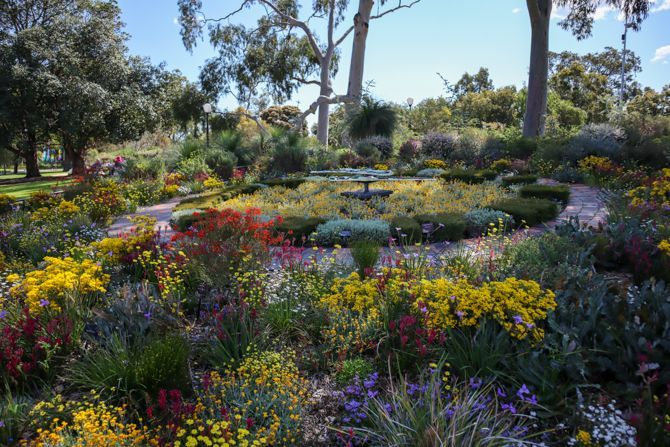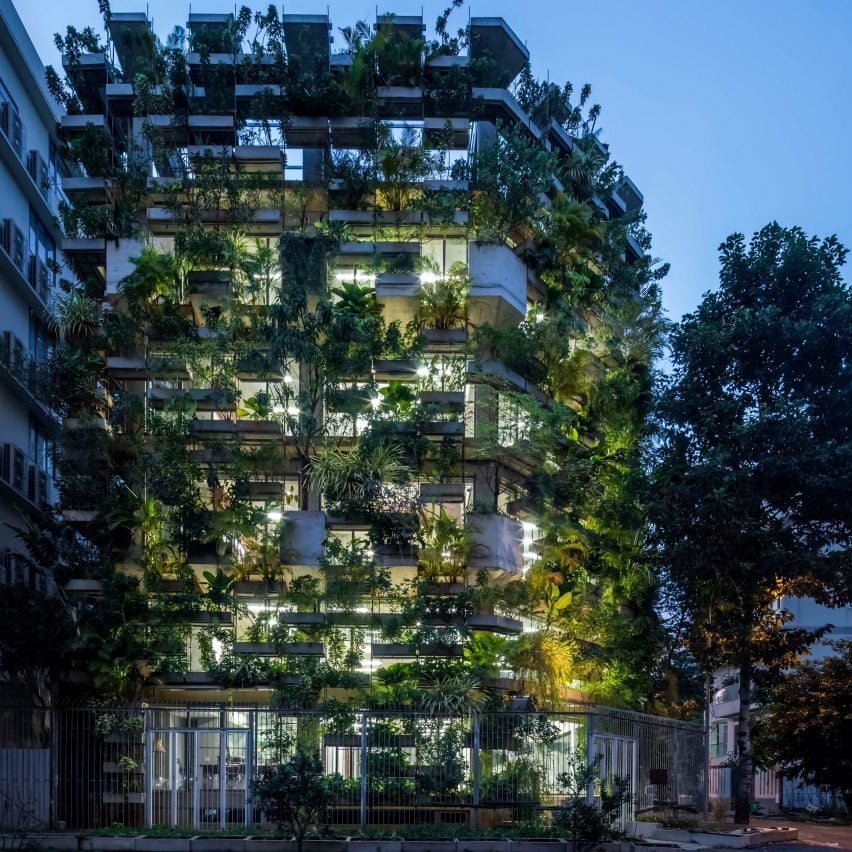(List #79) Using Rankings and Ratings as a Tool for Reaching the SDGs (part 1)
from the perspective of the writer, creator and reader of such assessments

Kaya means hello in Noongar, the language of the Aboriginal Australians that live here in Perth. Since rankings don't make for a pretty picture, I thought I’d include a picture of King’s Park which is close to where I am writing this newsletter from. King’s Park is one of the world’s largest inner-city parks, 400 hectares right in the centre of Perth made up of primarily natural bushlands.
Back to this week’s list…
This week’s list explores rankings from the perspective of reader, a creator, or a writer of such assessments.
“Accreditation and ranking bodies have an enormous power, and therefore a huge responsibility, to guide the academic sector.”
There has been a general acknowledgment of the power that these initiatives have to drive change, and the role they can play to incentivize business schools to engage in the SDG. But change has been slow. HESI (Higher Education for Sustainability Initiative) tasked a multi-stakeholder working group to create advice to guide these assessments forwards. They created a series of recommendations which I’ve summarized below, for makers of assessments, schools engaging in them, and readers of these assessments. Now to put them into practice…
1. FOR CREATORS OF ASSESSMENTS
Despite being called a volume (which to me suggests a lengthy document), HESI’s advice is short and sweet. I’d add that this isn’t just relevant to the big global assessments and rankings. Consider this when you are creating internal assessments as well. Be clear about the rationale for creating the assessment. Be honest about how it may be used, both positively and negatively. Think about how you can use the data to improve the sector and drive change. Don’t miss the main point – make sure you are asking the right questions and that they can’t be interpreted wrongly. Where possible focus on outcomes, not outputs since outputs alone may not be supporting the institution to achieve the SDGs. For more recommendations, click here.
2. FOR PARTICIPANTS OF ASSESSMENTS
If you are considering, or participating in one of these assessments, what’s your primary motivation for doing so? Is this part of a strategy to help enhance progress towards sustainability or more of a PR exercise (or something in between)? Consider whether the assessment is the right one for you, whether it includes a range of relevant topics including governance, operations, teaching, research, community engagement. Who do you engage in completing the assessment and how many resources will this take? Is the assessment transparent and clear as to what is being collected and why? Will collecting this information support your work or distract you? Is it measuring what you are doing and what you feel is most important? For more recommendations, click here.
3. FOR READERS OF ASSESSMENTS
As a reader, think about how you can use assessments to understand progress towards the SDGs. They have the potential to bring together and showcase how a school is progressing and contributing. However, it is important to understand how the evaluation system approach compares to what you are looking for, and what biases may have been brought into the process. The assessment may not highlight what a particular school is doing well, their strengths and weaknesses for example, and can become too focused on small, year to year changes. Don’t use it as your only source of information. For more recommendations, click here.
4. EMBEDDING OR ADDING
Do we need to embed the SDGs into current assessments, or add SDG focused assessments to the mix? My thoughts are that as interesting as the focused assessments are for me as a stakeholder that’s interested in these issues, without embedding them they will always remain a nice to have. I know from reporting that almost every school says they are incorporating the SDGs across all their courses…but how do you assess what that means in practice? And while we are busy doing all this assessing, are we wasting opportunities to incorporate? And how can assessing bits and pieces help us understand the overall picture? (I noticed a school the other day that is aiming for 50% female students, but seem to have no female faculty teaching on that degree programme).
5. USE THESE AS A TOOL
When I see a ranking, I approach this as a recommended reading list. Even though only one actress wins the academy award, all 5 nominated performances are likely equally impressive and worth watching, and studying. Same goes for the top 10. Frankly, the lists rarely rank the schools in the way I would personally, or that you probably would based on your interests. When I see the name of a school, often I see the names, or name of the person writing the report and the different resources they have to do this. Some are lone champions trying to reproduce the work other institutions have dedicated teams working on. But that doesn’t always mean that one institution is better than another. Culture, and willingness to change, is a difficult thing to quantify in assessments. Equally, not participating shouldn’t be seen as a sign of not engaging in the SDGs.
YOUR TURN
What questions do you have about the SDGs and rankings, ratings and assessments? Send them over and I’ll ask some people who know much more than I do about these things to share their thoughts.
SOME LINKS TO CLICK ON
How can teachers harness behavioral science to ramp up climate change education with students?
I just signed up to ISCN'swebinar on February 23 on Advancing Sustainability in Fragile Contexts aimed at higher education
GRLI is having their next courageous conversations talk on the 21st of February.
Call for Track Proposals out for the Responsible Management Education Research Conference planned in Lisbon September 26-28 this year.
Consider this design for your next campus, an office wrapped in an urban fruit and vegetable farm created by Vietnamese archiects Vo Trong Nghia and built in Ho Chi Minh City.

And finally I had to share this new car commercial using a chicken to sell a car. Biomimicry...or perhaps a call to ditch our uncool cars and raise cool chickens instead.
